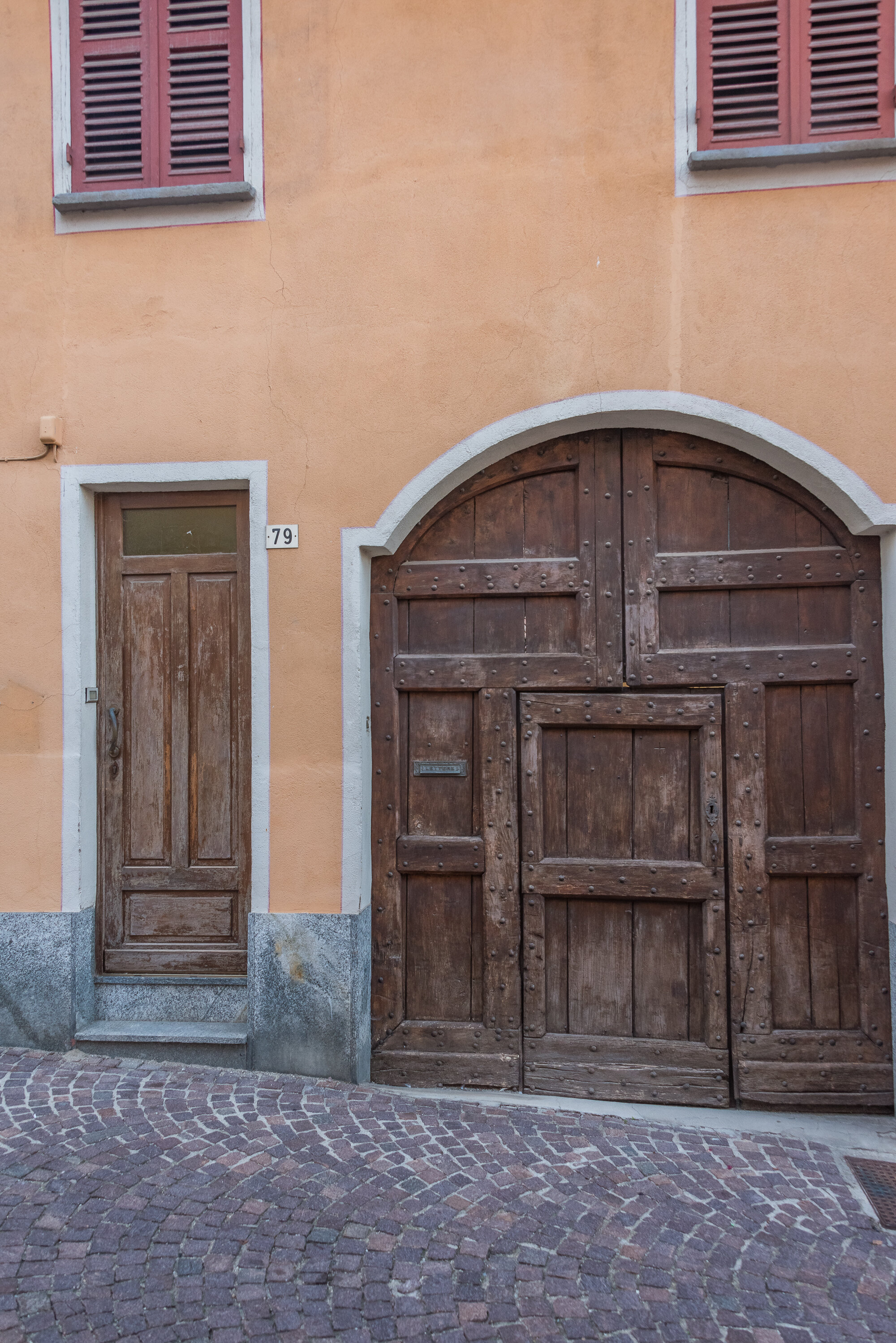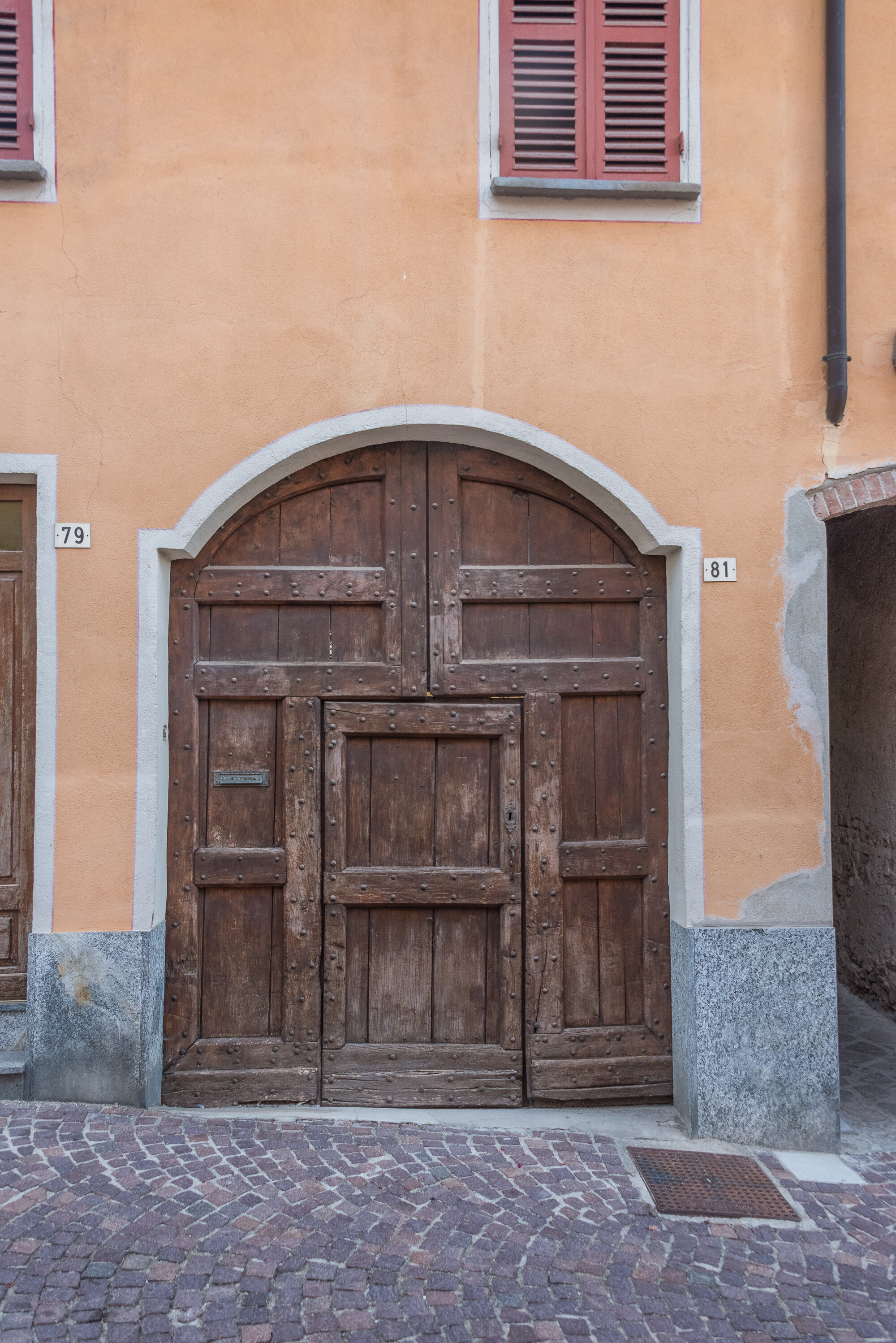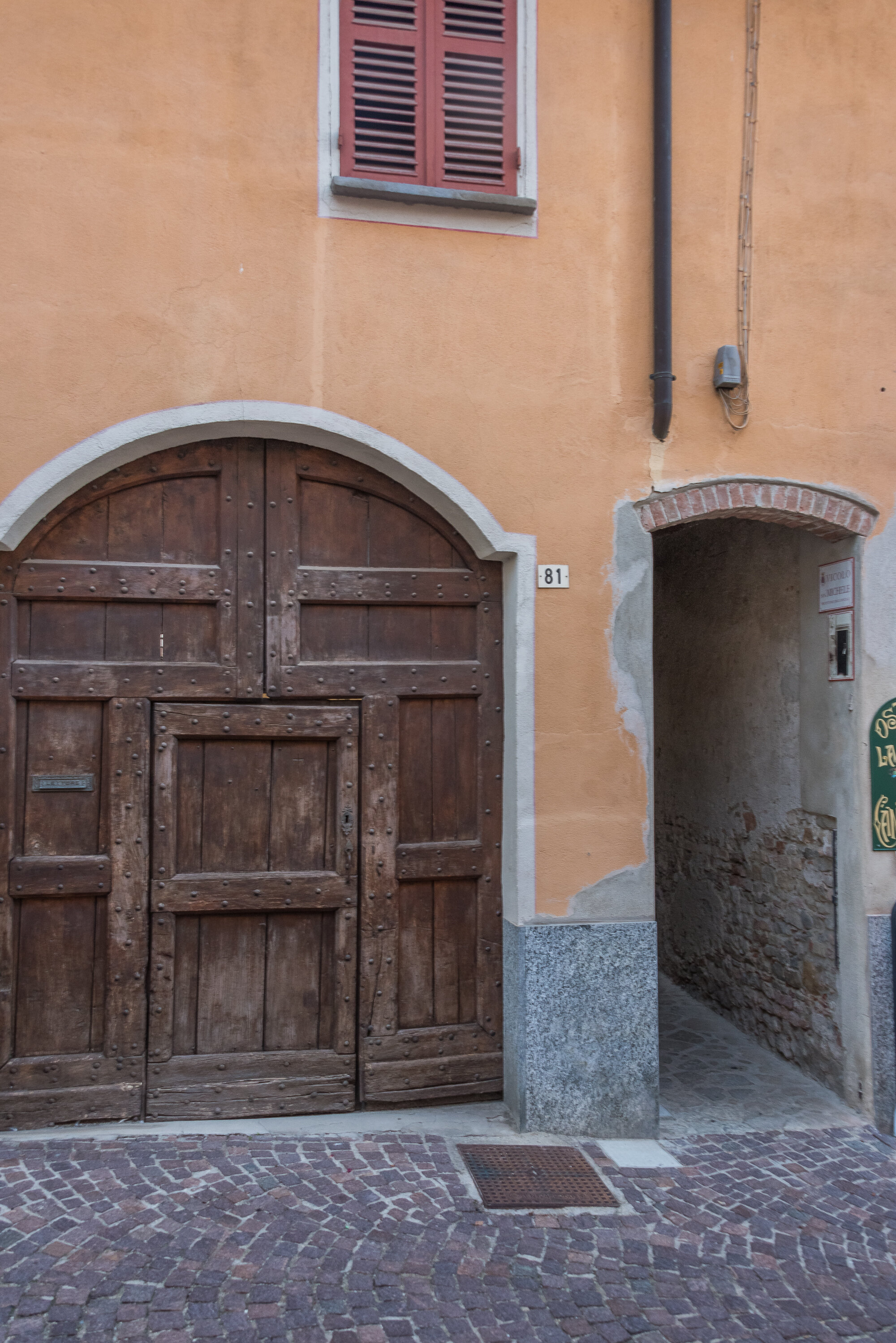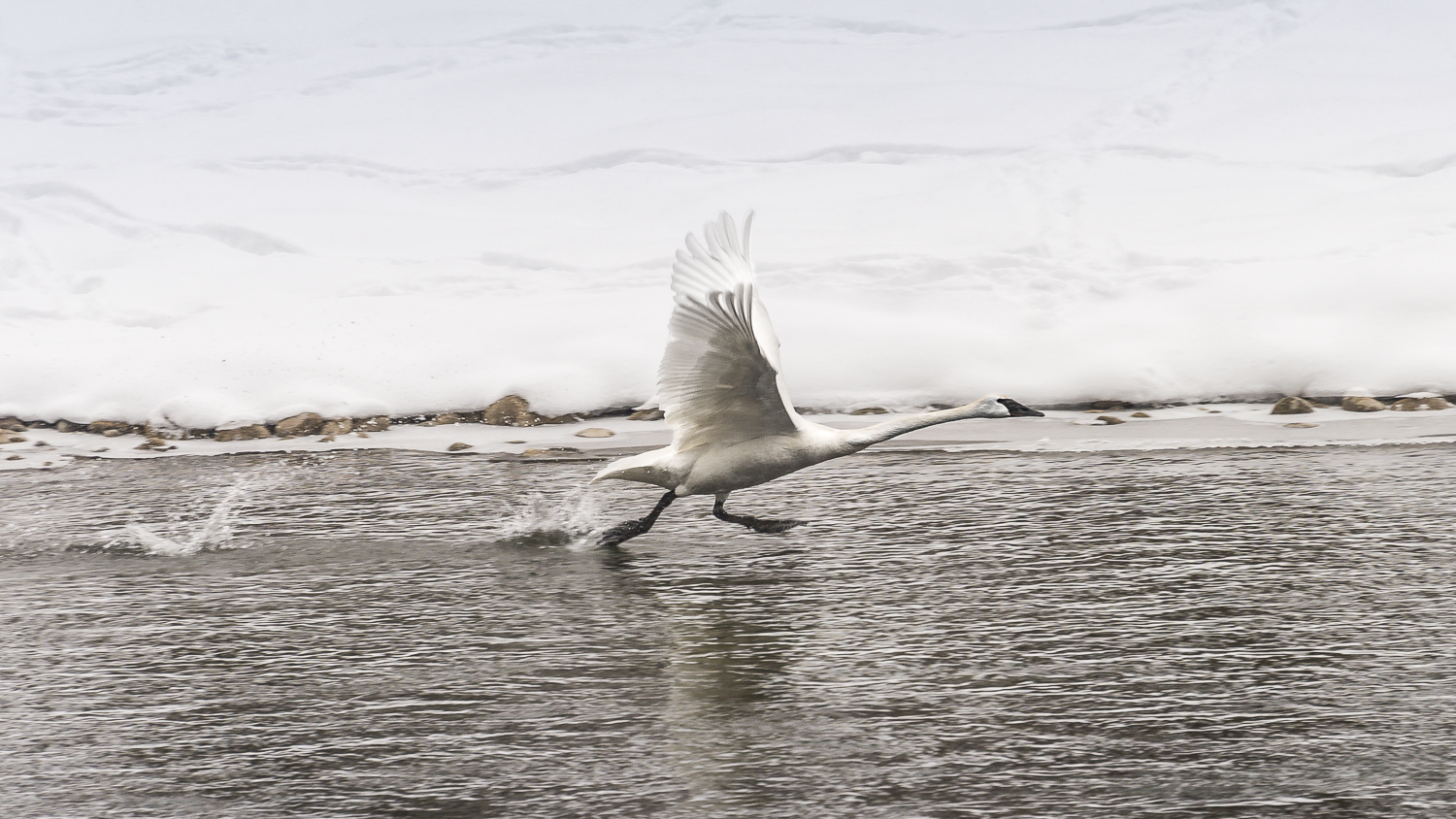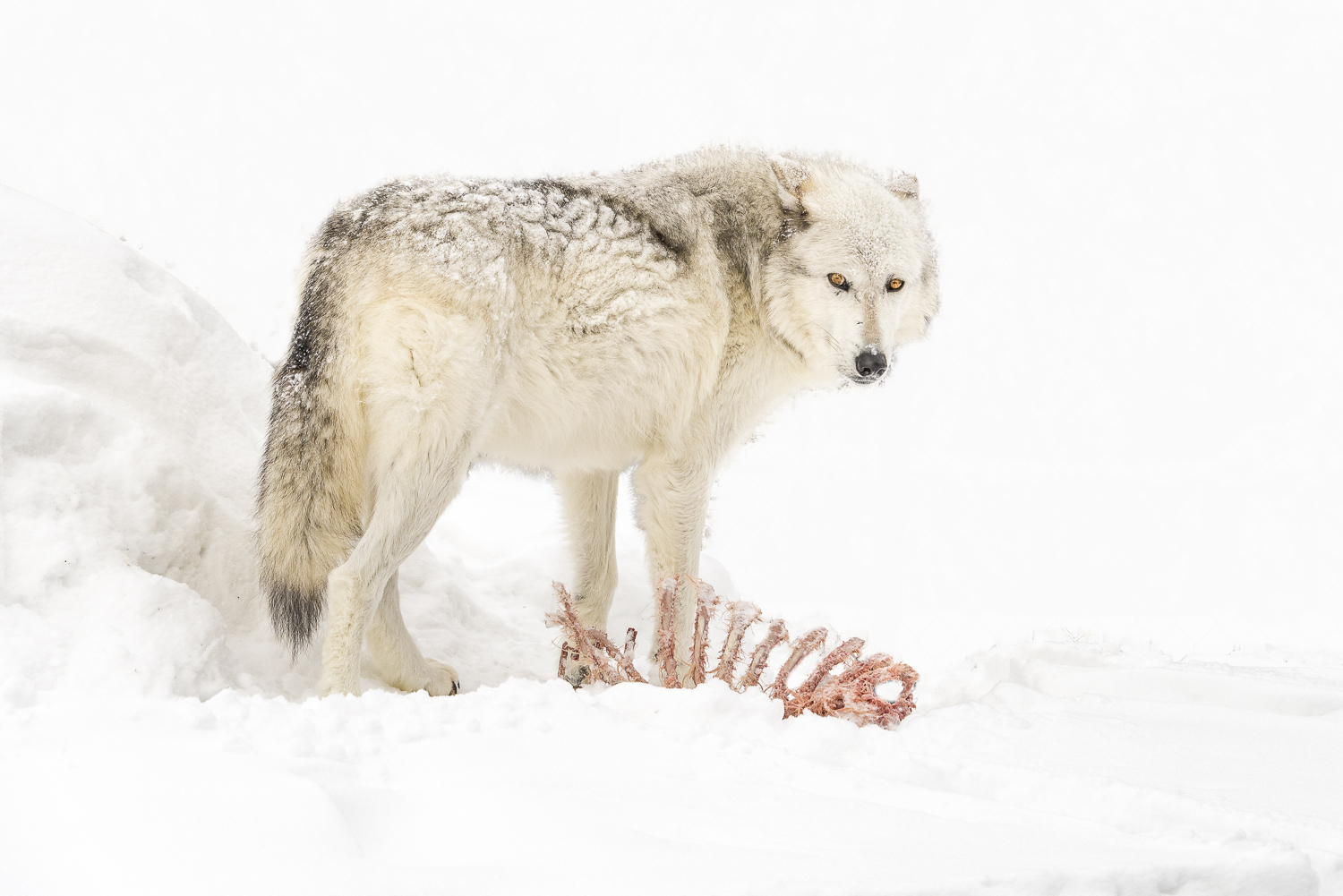Though there are no photos specifically related to the subject of today’s article, I have sprinkled in a few photos from the Lake Como environs to break up the text monotony. Click on an image for a larger view.
Introduction
My wife Ellen and I love Italy. We love to go to Italy. When we are not in Italy, we love talking to each other about Italy. And we often find ourselves talking to others about our love of Italy…sometimes, when prompted, but often just out of the clear blue…like that clear blue sky on a warm Tuscan afternoon, or the clear blue of the waters off the Isle of Capri, or the…sorry, there I go again!
Our reward in talking to others about Italy is the voyeuristic joy of mind-traveling there. After all, we can’t be there all the time, right?
It’s really nice when someone asks me specifically about travel to, and in, Italy, rather than me just rattling on uninvited. A couple of friends did so recently. L asked about pre- and post-cruise visits to Rome and Venice. M asked about travel to the Lake District, specifically Lake Como. As we have been to each on several occasions, I feel comfortable in my responses.
Disclaimer
Besides the mind-traveling voyeuristic joys, I get joy in passing on tips that might help readers get more enjoyment from their visit to Italy. But, I want to make it clear that we have not been to all parts of Italy, and I would not try to wax endlessly about some place that we have not visited. However, where we have visited, I feel compelled to share our experiences, as I can often clarify some otherwise-confusing things, especially where our own experience was a learning experience, sometimes learning the hard way (see Get Lost!!! and Wild Goose Chase, for example).
My Blog Articles
Today’s blog article is number 80. I have to admit that several of those 80 articles were related to my horn-tooting regarding recognition of my photography…I am a bit proud of that. But, by-and-large, most articles concern eating, drinking, lodging, the land, or the people of Italy. So, hopefully wedged in there somewhere is information that may be of benefit to you as you make your way to and within Italy.
As it turns out, I have an index of those 80 articles. And that index is organized in what I hope is a helpful way. That index is called the Index of Blog Articles, and it can be found at the top-right of the more recent blog articles.
This Index of Blog Articles is organized by publication date (the left column) and by subject (the right column). The subject headings are:
Getting To & Around Italy
Go There: Amalfi Coast
Go There: Lake District
Go There: Piemonte
Go There: Tuscany
Go There: Valpolicella Area
Go There: Venice
Go There: Miscellaneous
Adventures & Anecdotes
Eat Here
Stay Here
Italian History Tidbits
Italy-Photo Transformations
Photography Itself
Miscellaneous
Recognition
Articles in the subject column may appear in more than one subject heading. For example, the sections on where to eat and stay (I’ll let you guess under which headings you will find those) are also found in the appropriate Go There:-specific sections, also.
So, back to L who wants to enjoy Italy before and after a cruise…a cruise that ends in our favorite Italian town of Venice. What I provided to L is a reference to my Index of Blog Articles. As they are going to Venice, an obvious set of articles would be found in Go There: Venice. But, as they first need to get to, and then around, Italy (there may be little choice in this matter because of the cruise aspects of the trip, but there may be some leeway) the section titled Getting To & Around Italy should be of interest, also.
And now for M, who is thinking about Lake Como. I directed him to the Go There: Lake District section. As of this writing, only Lake Como is covered in that section, but articles on Lake Maggiore, Lake Garda, and Lake Lugano are in the works. And, as I have suggestions on getting to and around Italy that I think will be helpful to M, I directed him to Getting To & Around Italy, also. Finally, as I’m hoping that M will stay other places in Italy, I suggested that he look at other Go There: articles for places he may enjoy visiting.
OK, I think you can understand the benefit of checking out my blog articles as you plan your trip to Italy — and specifically using the Index of Blog Articles you will find at the top of each blog article. Give it a try, and then let me know how it worked out for you…maybe I can create an articles about your own experiences!
Ciao for now,
Steve

